When does the impossible become possible? Researchers have found Red Dwarf stars that simply shouldn't exist, so in this month's Naked Astronomy we find out how theory needs to catch up with observations. Also, how do citizen scientists advance astronomical research, and why isn't the Earth a watery world? Plus, we take on your space science questions, and find out what to look out for in the night skies this month...
In this episode
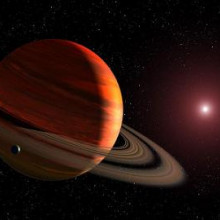
Finding the Impossible
with Dr Simon Hodgkin, Institute of Astronomy, Cambridge
Has the universe always been flat?
Will the moon escape to another planet in the solar system?

18:46 - Why Earth isn’t a Watery World
Why Earth isn’t a Watery World
Despite thinking of Earth as a "Blue Planet", models of solar system formation suggest Earth should be much wetter than it is. Now, new understanding of how planets form explain why we're not all underwater.
Current understanding of how our solar system formed has planets accreting from a proto-planetary disk of dust and ice, known as a proplid. Within this disk lies a so-called "snow line", where the temperature and solar radiation is sufficient to melt ice and blow away the water. Early on, radiation from the Sun strips electrons off the material, leaving it ionized. This leads to the material falling in towards the star, and heating up in the process, keeping the snow line further out.
As the disk runs out of material and cools, the snow line is brought inwards, and models predict that it would have been at around 0.6 astronomical units at the time the Earth formed. We know that objects that formed outside the snow line, like Uranus and Neptune, have vast amounts of water - 40% of their weight, but Earth, at just 0.023% water simply didn't fit.
 Writing in the Monthly Notices of the Royal Astronomical Society, Rebecca Martin and Mario Livio, from the Space Telescope Science Institute in Baltimore, address this watery mystery. They reasoned that disks around young stars cannot become fully ionized, as there simply isn't enough heat and radiation to do so. This changes the dynamics of the disk, disrupting the mechanisms that lead to debris migrating towards the star, and creating a "dead zone" that extends to a few astronomical units beyond the Sun.
Writing in the Monthly Notices of the Royal Astronomical Society, Rebecca Martin and Mario Livio, from the Space Telescope Science Institute in Baltimore, address this watery mystery. They reasoned that disks around young stars cannot become fully ionized, as there simply isn't enough heat and radiation to do so. This changes the dynamics of the disk, disrupting the mechanisms that lead to debris migrating towards the star, and creating a "dead zone" that extends to a few astronomical units beyond the Sun.
The dead zone will increase in density over time, which leads to heating and pushes back the snow line. Dry planets like the Earth can then form within this warmer region.
This modified model explains the unexpectedly dry Earth, as well as the dryness of Mercury, Venus, and Mars. It also suggests that an icy ring could form on the inside of a dead zone, from which hot Jupiters could form close to their parent star. This model doesn't apply to every type of star, but helps to fill in our understanding of how our own system evolved.
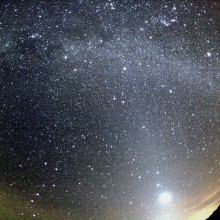
Dark Galaxies, Bright Skies: News from the Royal Astronomical Society
with Dr Robert Massey, Royal Astronomical Society
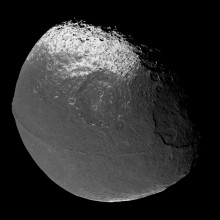
36:10 - Cassini Science helps Understand Landslides on Earth
Cassini Science helps Understand Landslides on Earth
Massive landslides on Saturn's moon Iapetus, as studied by the Cassini mission, can help us to understand a rare type of landslide seen down here on Earth and on Mars, according to research published in the journal Nature: Geoscience this month.
Long-runout landslides are a type of avalanche that travel much farther than expected. On Earth, a landslide is expected to travel a horizontal distance that is less than twice the height that the material has fallen. In long-runout landslides, or Sturzstroms, the horizontal distance can be twenty or thirty times the vertical distance. An as yet unidentified physical process is reducing the friction that usually brings landslides to a halt.
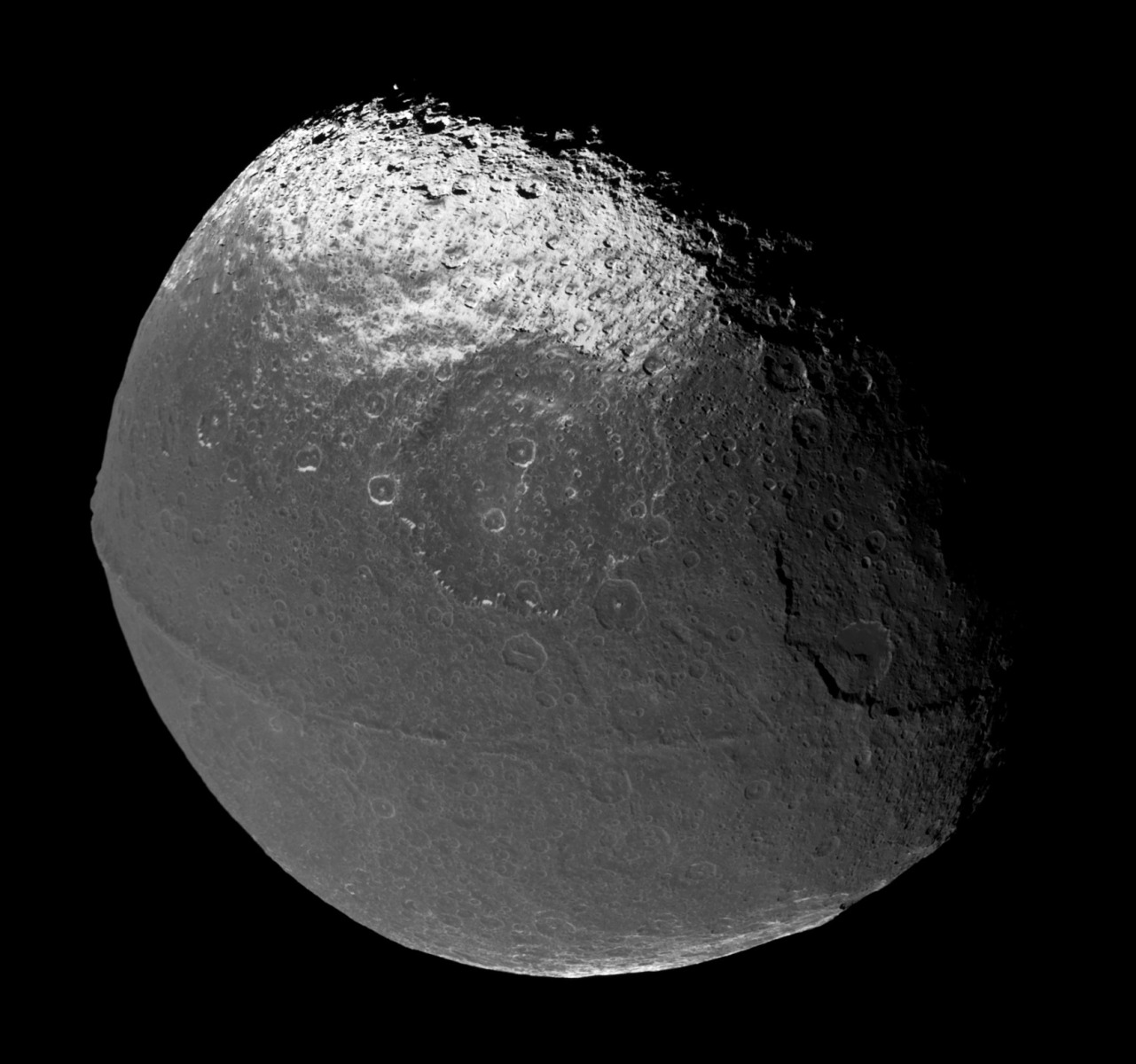 Many hypotheses have been proposed to explain this - it could be lubrication with a layer of trapped atmosphere, powdered rock or water acting to reduce friction - no one hypothesis adequately explains every example. Trapped air, for example, can't explain Sturzstroms observed on the moon or Martian moon of Phobos.
Many hypotheses have been proposed to explain this - it could be lubrication with a layer of trapped atmosphere, powdered rock or water acting to reduce friction - no one hypothesis adequately explains every example. Trapped air, for example, can't explain Sturzstroms observed on the moon or Martian moon of Phobos.
Now, Jeffery M. Moore from the NASA Ames Research Center in California, suggests that Iapetus, the third largest of Saturn's moons, could be "an excellent laboratory for studying long-runout landslides". This is partly because the effect of two of the potential explanations, trapped atmosphere or groundwater, is negligible, allowing us to really home in on a working hypothesis.
Iapetus us a very unusual moon. It consists mainly of ice and has a huge mountain range, 12 miles high, around its bulging equator. Imaging from the Cassini mission suggests it is unique in its frequency and extent of long-runout landslides.
Moore and colleagues identified 30 landslides in Cassini images, the longest of which had travelled an astounding 80km. They were then able to determine the ratio of drop height to runout length (H/L) which gives an idea of the coefficient of friction of the sliding debris and can be compared with avalanches seen elsewhere. Plotting these ratios did not give credence to any of the existing hypotheses.
Although these observations do not yet explain the physics behind Sturzstroms, anything we can learn from Iapetus can be applied to avalanches here on Earth and may help to put constraints on geological affects on Earth and beyond.
Do black holes on the periphery move into the centre of a galaxy?
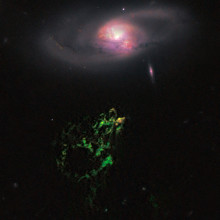









Comments
Add a comment